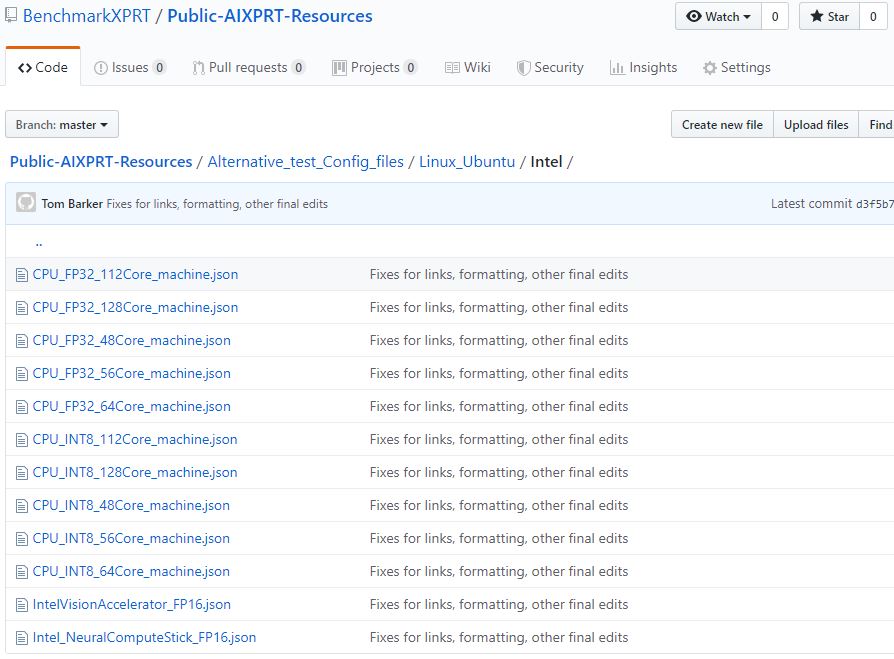This week, we have good news for AIXPRT testers: the AIXPRT source code is now available to the public via GitHub. As we’ve discussed in the past, publishing XPRT source code is part of our commitment to making the XPRT development process as transparent as possible. With other XPRT benchmarks, we’ve only made the source code available to community members. With AIXPRT, we have released the source code more widely. By allowing all interested parties, not just community members, to download and review our source code, we’re taking tangible steps to improve openness and honesty in the benchmarking industry and we’re encouraging the kind of constructive feedback that helps to ensure that the XPRTs continue to contribute to a level playing field.
Traditional open-source models encourage developers to change products and even take them in new and different directions. Because benchmarking requires a product that remains static to enable valid comparisons over time, we allow people to download the source code and submit potential workloads for future consideration, but we reserve the right to control derivative works. This discourages a situation where someone publishes an unauthorized version of the benchmark and calls it an “XPRT.”
We encourage you to download and review the source and send us any feedback you may have. Your questions and suggestions may influence future versions of AIXPRT. If you have any questions about AIXPRT or accessing the source code, please feel free to ask! Please also let us know if you think we should take this approach to releasing the source code with other XPRT benchmarks.
Justin













